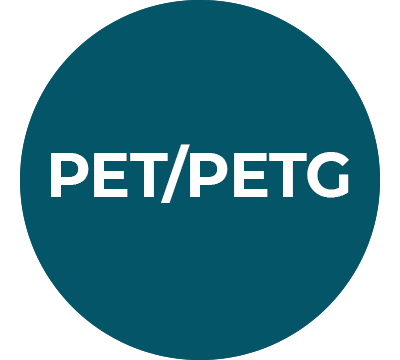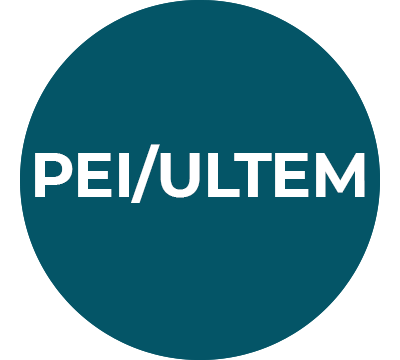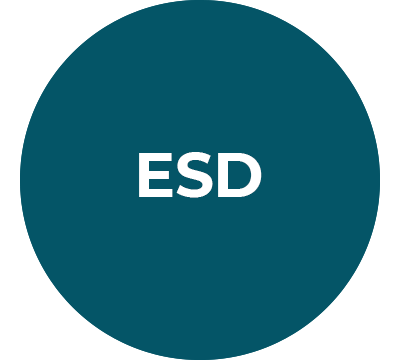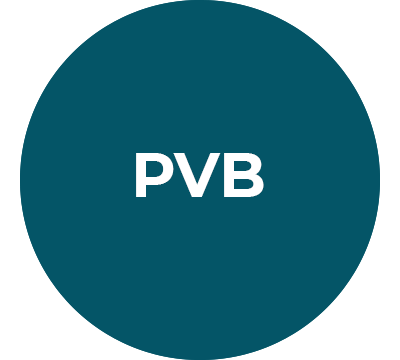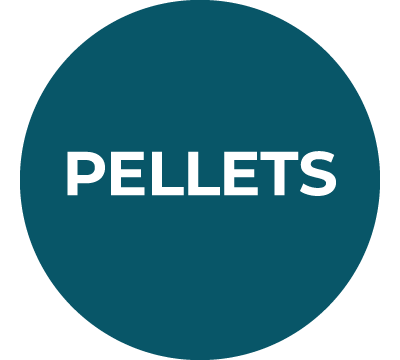3D printer filament
The right material for every project!
Nothing works in FDM 3D printing without the right filament! Whether you are taking your first steps or are already a professional - the right 3D printing material makes all the difference. We have a large selection of high-quality 3D printer filaments that support your printing projects in a wide range of colours, thicknesses and materials. Whether PLA filament for simple and fast prints, PETG filament for more stability or ABS filament for particularly robust components - there is something for everyone here! With reliable printing properties and brilliant colours, you can achieve clean results - layer after layer! Buy filament now and put your ideas into practice immediately!
Shop by category.
Filaments: 1 - 30 of 4214 items
-
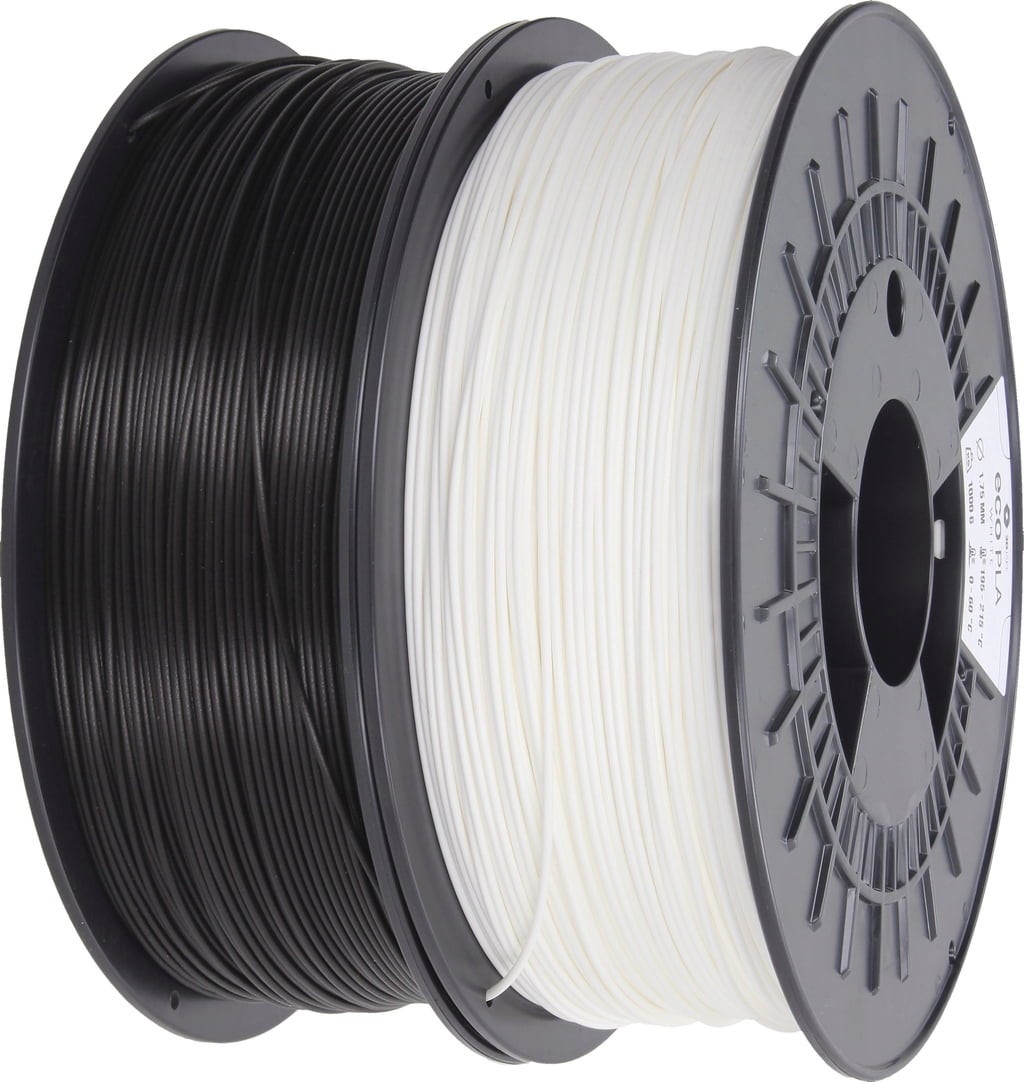
-
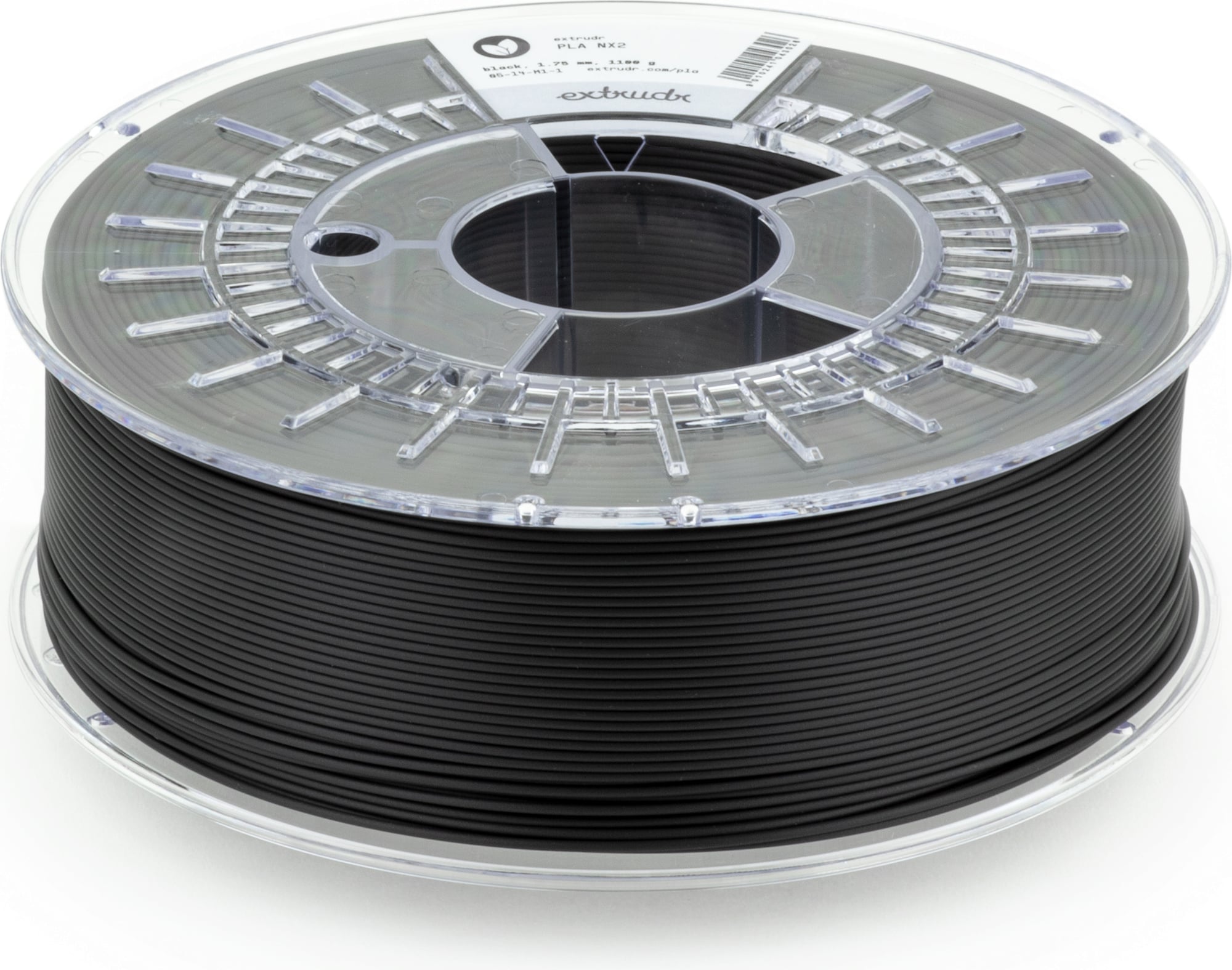
-
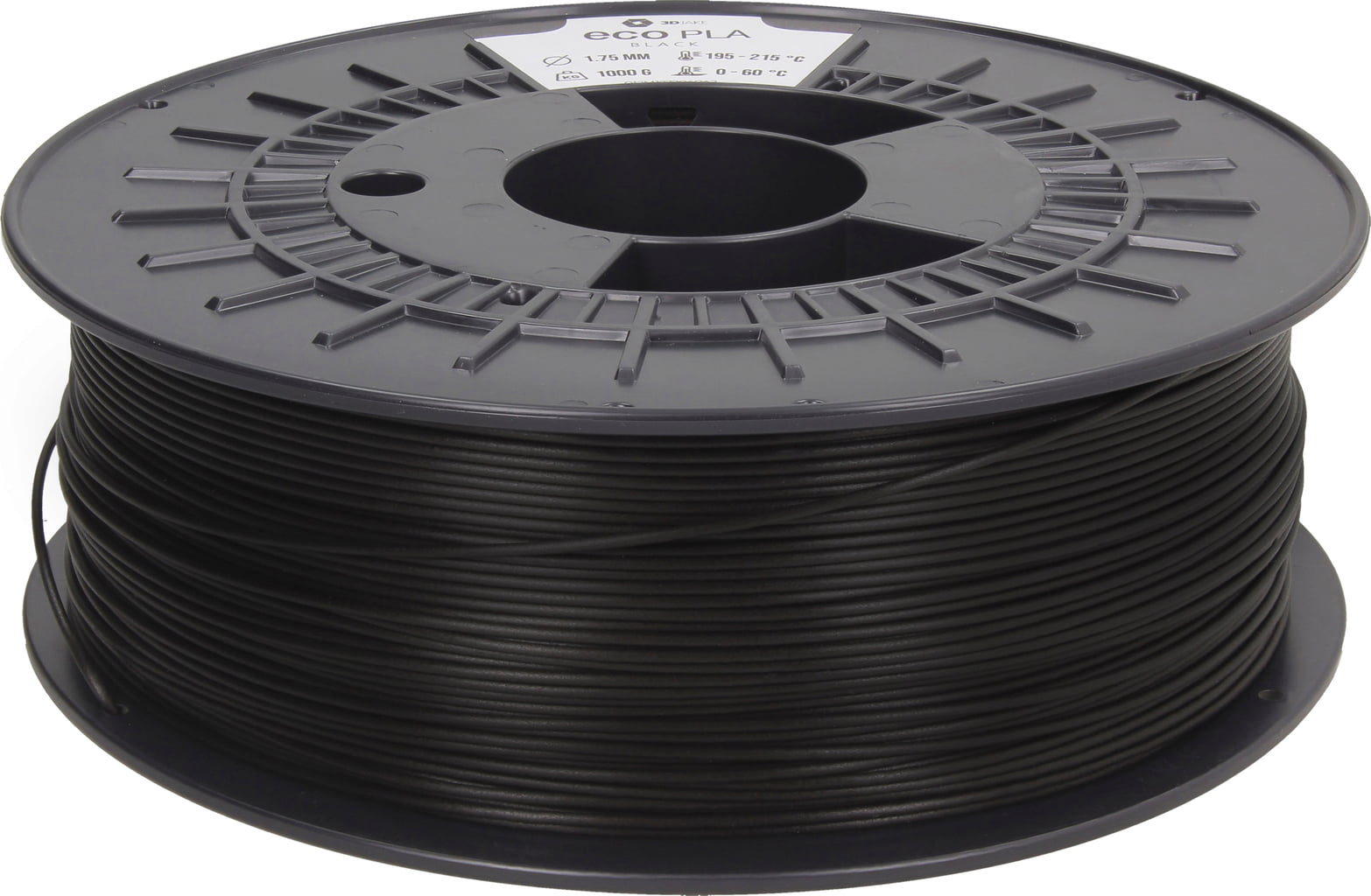
-
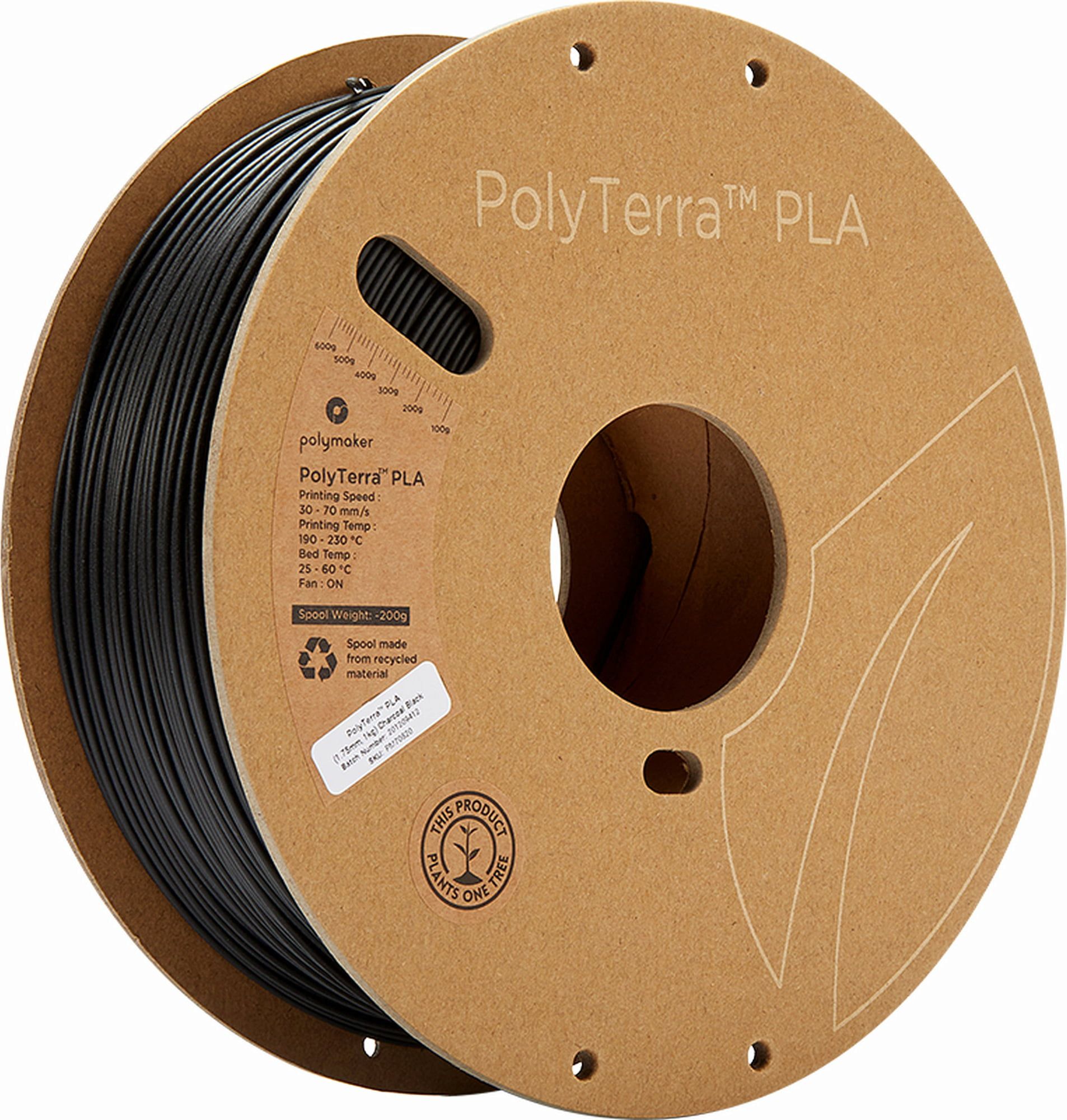
Polymaker PolyTerra PLA Charcoal Black, 1.75 mm / 1000 g
- More environmentally friendly
- Easy processing
- Good rigidity
-
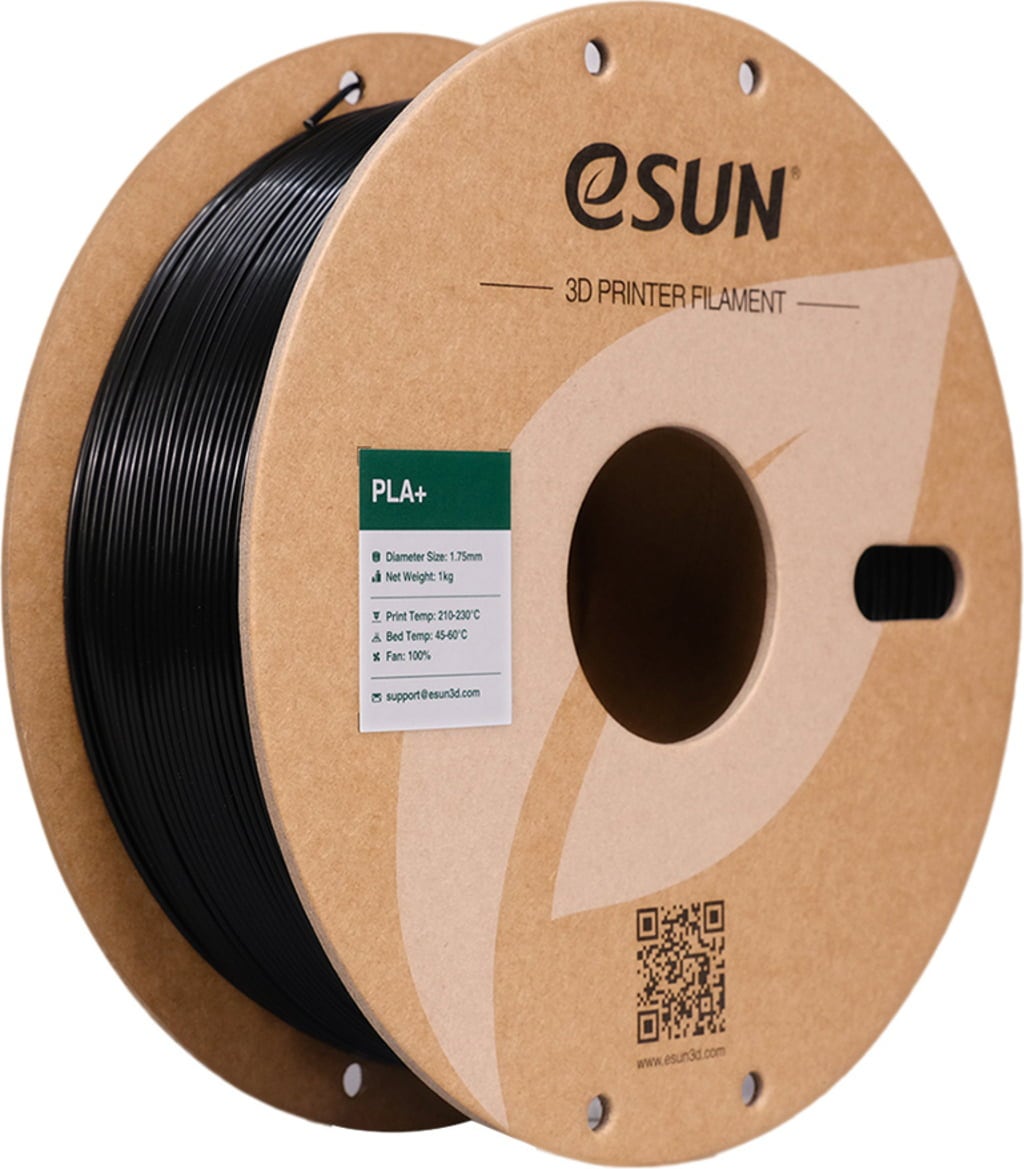
eSUN PLA+ Black, 1.75 mm / 1000 g
- Increased strength and toughness
- Excellent layer adhesion
- High printer compatibility
-
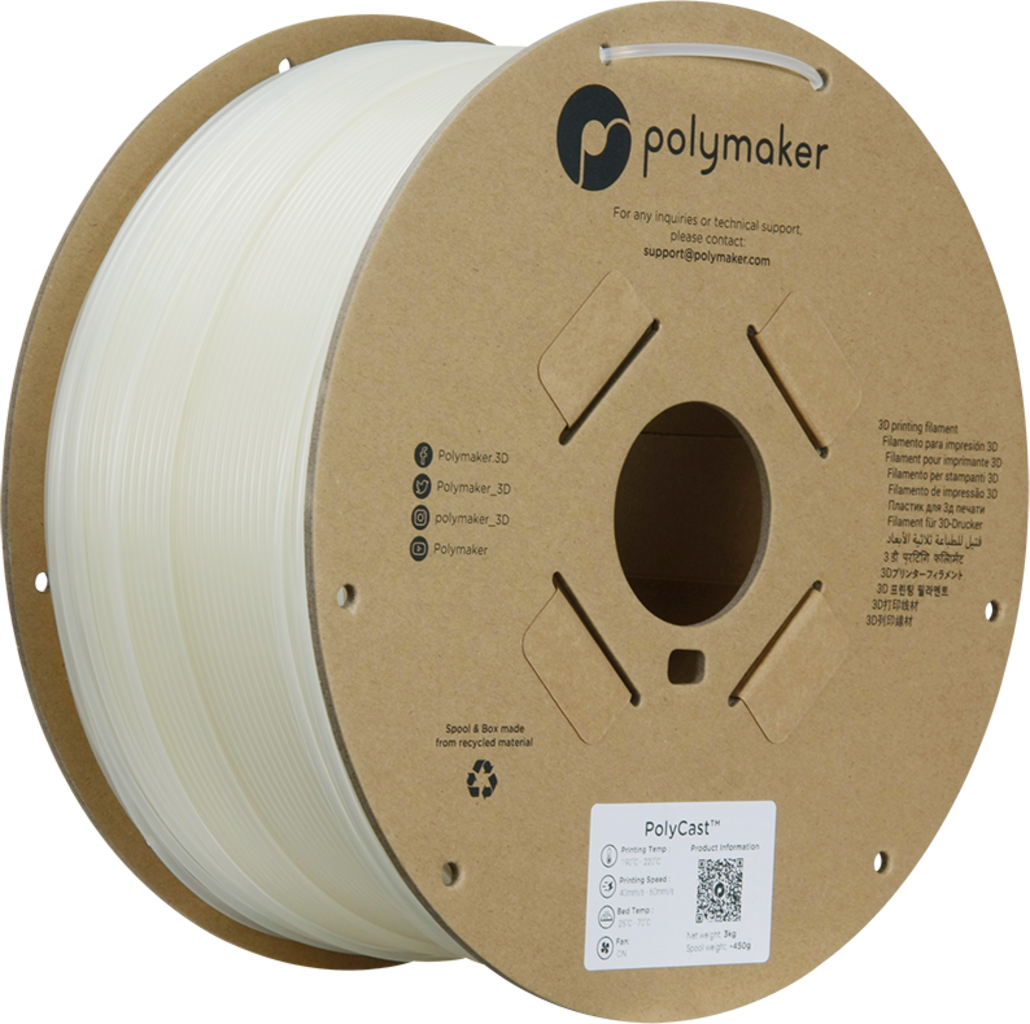
Polymaker PolyCast Natural, 2.85 mm / 3000 g
- Specially developed for investment casting
- Burns without residue
- Easy to print
-

Polymaker PolyTerra PLA Cotton White, 1.75 mm / 1000 g
- More environmentally friendly
- Easy processing
- Good rigidity
-
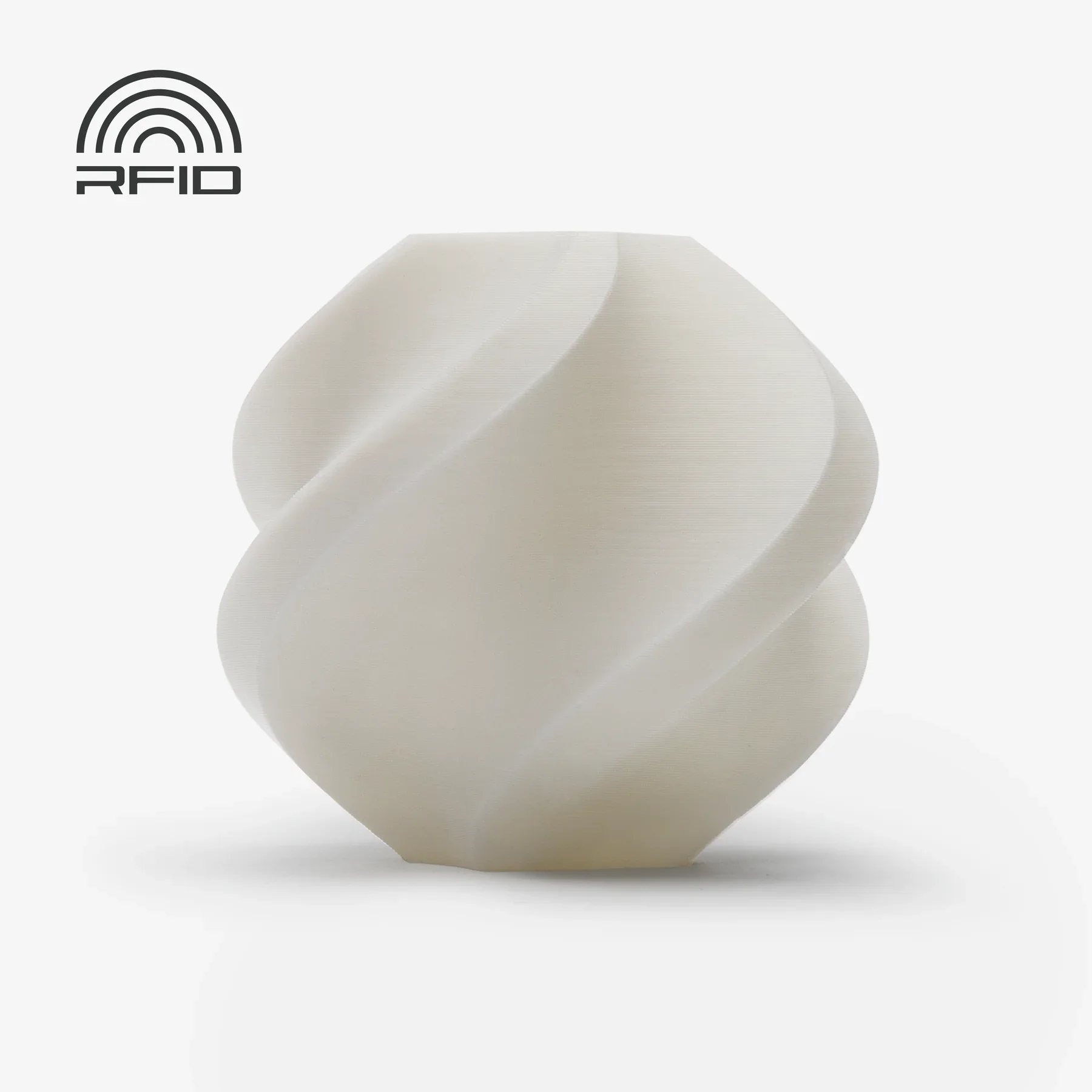
Bambu Lab PLA Basic Jade White, Refill (1.000 g)
- Easy to print
- Good rigidity & strength
- Ideal for high-speed printing
-
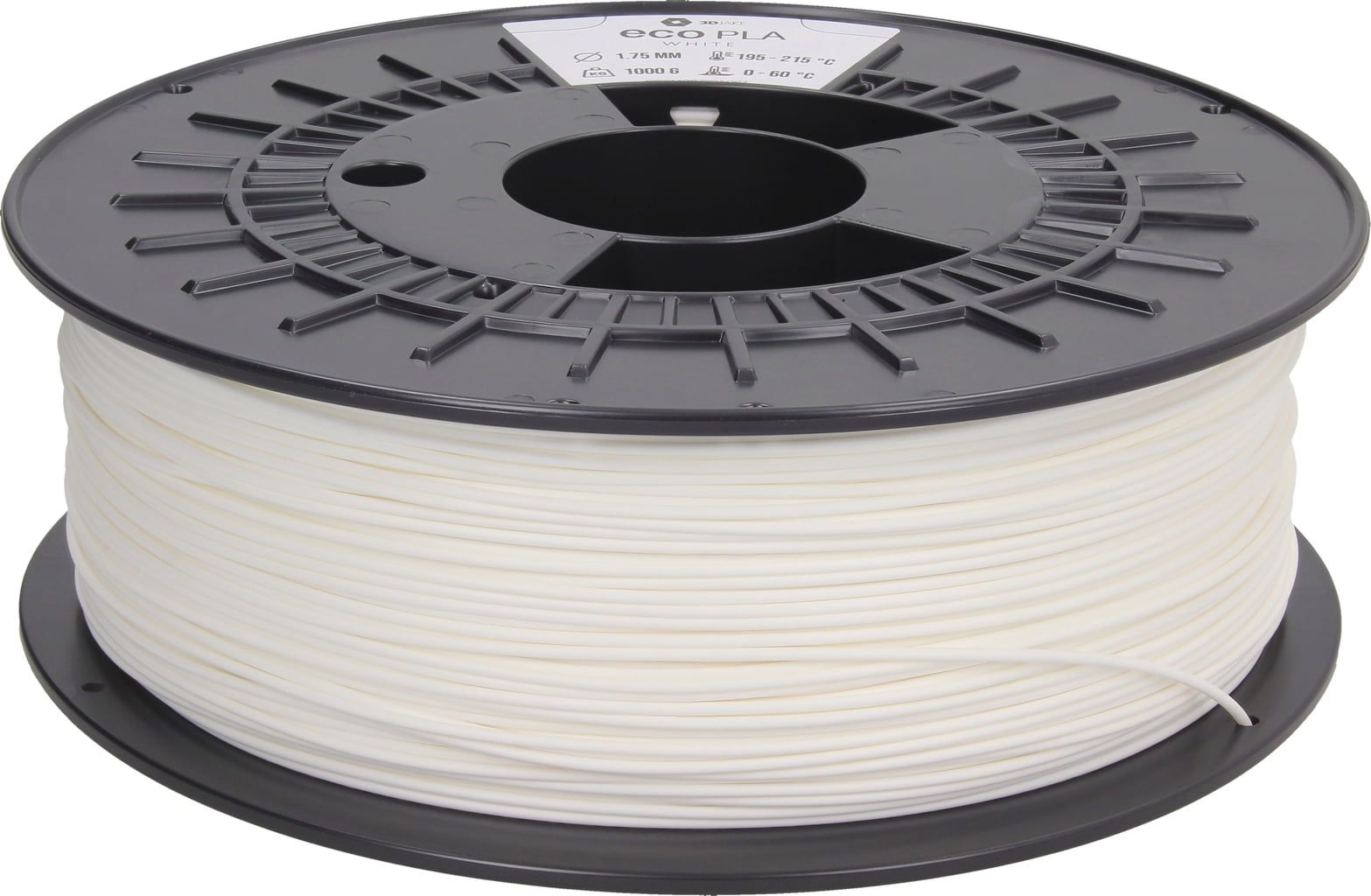
-
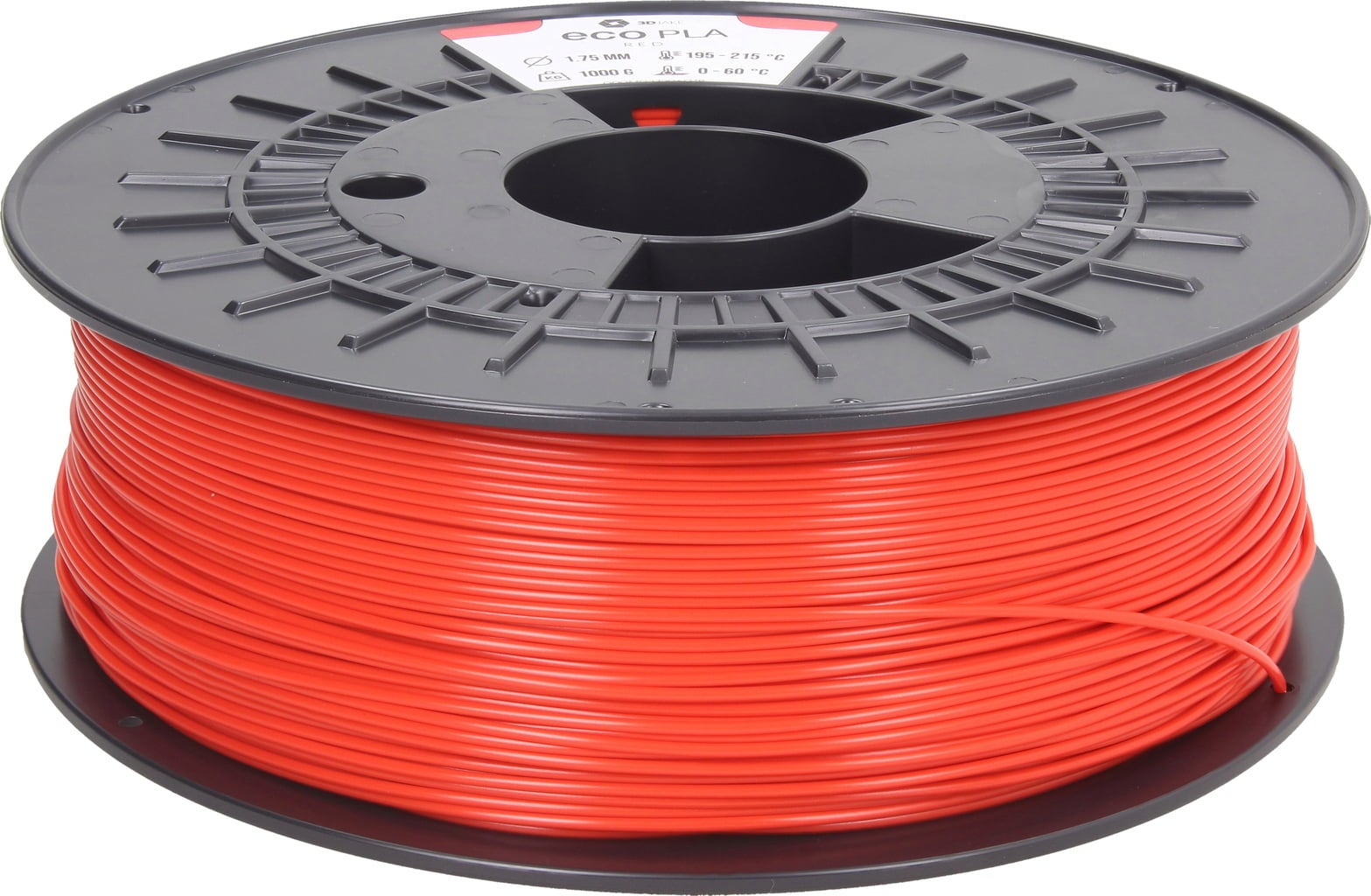
-
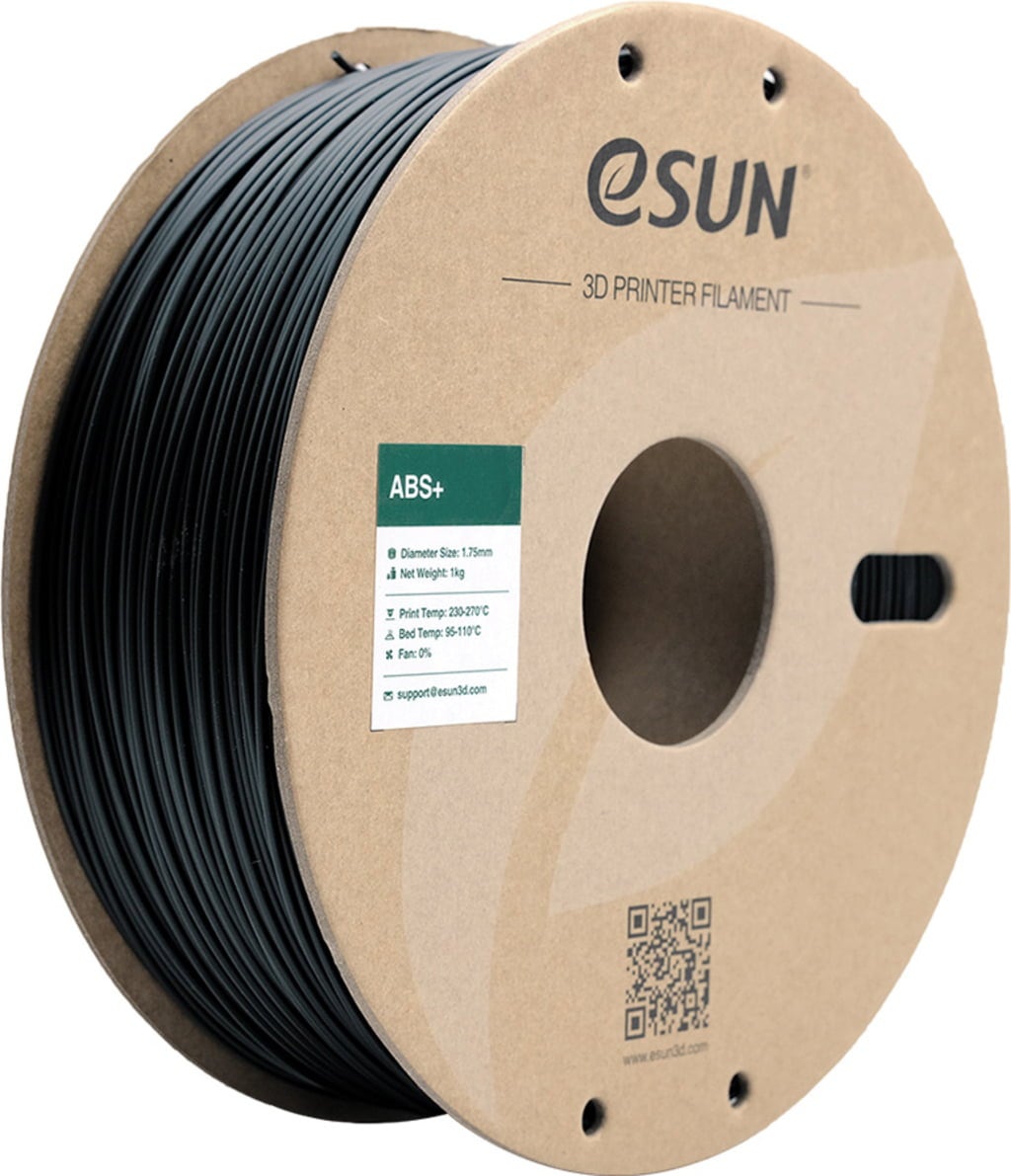
-
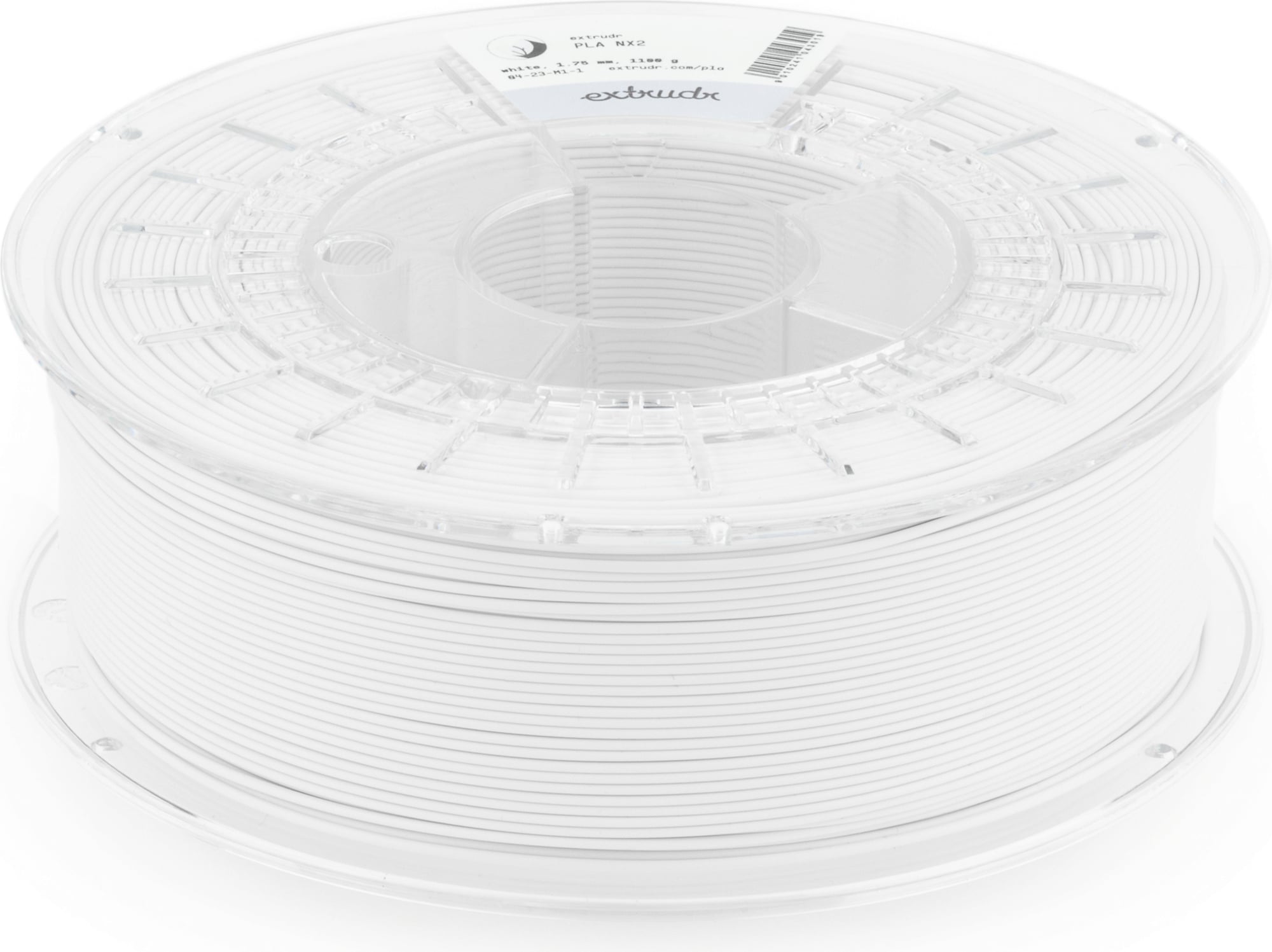
-
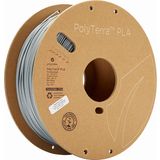
Polymaker PolyTerra PLA Fossil Grey, 1.75 mm / 1000 g
- More environmentally friendly
- Easy processing
- Good rigidity
-
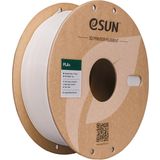
eSUN PLA+ White, 1.75 mm / 1000 g
- Increased strength and toughness
- Excellent layer adhesion
- High printer compatibility
-
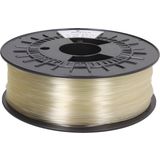
-
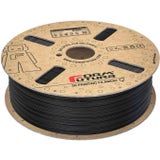
FormFutura ReForm™ - rTitan Black, 1.75 mm / 3500 g
- 100% recycled TitanX
- Exceptional mechanical properties
- High dimensional accuracy
-
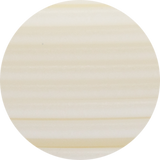
-
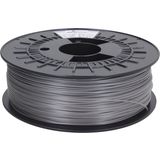
-
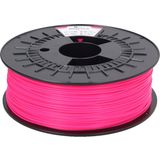
-
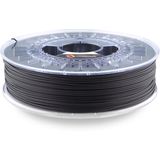
Fillamentum Nylon CF15 Carbon, 2.85 mm (600 g)
- High strength
- High thermal resistance
- High chemical resistance
-
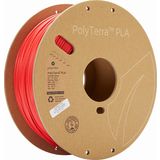
Polymaker PolyTerra PLA Lava Red, 1.75 mm / 1000 g
- More environmentally friendly
- Easy processing
- Good rigidity
-
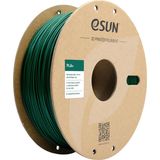
eSUN PLA+ Pine Green, 1.75 mm / 1000 g
- Increased strength and toughness
- Excellent layer adhesion
- High printer compatibility
-
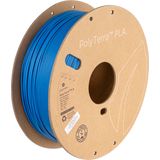
Polymaker PolyTerra PLA Sapphire Blue, 1.75 mm / 1000 g
- More environmentally friendly
- Easy processing
- Good rigidity
-
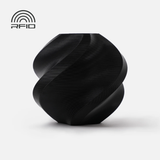
Bambu Lab PLA Basic Black, Refill (1.000 g)
- Easy to print
- Good rigidity & strength
- Ideal for high-speed printing
-
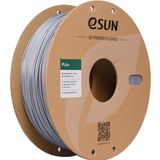
eSUN PLA+ Silver, 1.75 mm / 1000 g
- Increased strength and toughness
- Excellent layer adhesion
- High printer compatibility
-
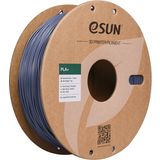
eSUN PLA+ Grey, 1.75 mm / 1000 g
- Increased strength and toughness
- Excellent layer adhesion
- High printer compatibility
-
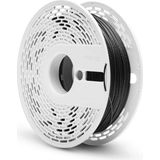
Fiberlogy Nylon PA12 + CF15, 1.75 mm / 500 g
- Reinforced with carbon fibres
- High tensile strength
- High rigidity
-
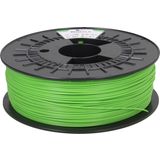
-

-
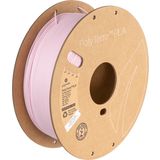
Polymaker PolyTerra PLA Candy, 1.75 mm / 1000 g
- More environmentally friendly
- Easy processing
- Good rigidity
What you should know about filaments
Having a 3D printer at home is no longer unusual. Whether it's spare parts, cool gadgets or customised decorations: you can easily produce many things yourself - when and where you want. This not only saves time and money, but also transport routes and CO₂. In short: 3D printing is a real game changer!
When you work with FDM 3D printing, filament is your most important raw material. Basically, these are plastic threads on rolls that your printer heats up in the hot end, liquefies and moulds layer by layer into your desired object. Thanks to the thermoplastic properties of the material, it becomes soft when heated and can be processed with great precision. Forget ink - filament is more like liquid concrete that hardens and delivers super-robust results. The real magic happens during the printing process itself: The printer presses the molten material through the nozzle, which builds up your model layer by layer. And don't worry - you don't have to be a professional to get started!
The basics: diameter and colours
►Diameter: Filaments are available in 1.75 mm and 2.85 mm as standard. Most desktop 3D printers work with 1.75 mm because it is more flexible to process and puts less strain on the extruder. Larger diameters (2.85 mm) tend to be used in specialised professional printers and often offer a little more grip.
►Colours: Whether multicoloured, neon, glow-in-the-dark or metal look - the choice of colours is huge. With single-extruder printers, you can select the colour for each print job; with dual or multi-extruder printers, you can even combine colours during the process. Multicolour and multi-material printing are no longer high-end features, but are also available for many consumer devices!
What filaments are available and what can they do?
The world of 3D printing filaments is huge - and new ones are constantly being added! There are countless materials in a wide variety of colours, properties and combinations. From classic to exotic, super-flexible to metal-filled. If we were to list every single filament here, we wouldn't be finished tomorrow! That's why you'll find a selection of the most popular and exciting filaments here to help you get started and give you an overview of what's possible.
PLA (polylactic acid):
The perfect all-rounder for beginners! PLA is made from renewable raw materials such as corn starch and is biodegradable. It is easy to print, hardly warps and does not require a heated printing bed. Ideal for decoration, prototypes and beginner projects!
PETG (polyethylene terephthalate glycol)
PETG is the perfect mixture of PLA and ABS. It is robust, temperature-resistant and easy to print at the same time. Perfect for mechanical components, housings or outdoor parts.
ABS (acrylonitrile butadiene styrene)
Tough, robust and heat-resistant - ABS is great for technical applications. However, you need a heated printing bed and preferably a closed housing because it tends to warp and emits fumes.
TPU / TPE (thermoplastic polyurethane / elastomers)
These flexible filaments are like rubber - perfect for mobile phone covers, seals or any project where flexibility is important. A little experience doesn't hurt here because the printing is a little trickier.
PVA (polyvinyl alcohol)
Water-soluble support material for complex prints with overhangs and moving parts. Works great in combination with PLA or PETG if you have a dual-extruder printer.
HIPS (High Impact Polystyrene)
Soluble in D-limonene - often used as a support material for ABS printing. It is stable, easy to print and versatile.
Speciality filaments: Wood and Stone
This is where it gets fancy! Stone filament contains real stone particles and wood real wood fibres. This allows you to create super-realistic stone or wood looks. You can even change the surface structure by controlling the temperature.
Metal filaments (bronze, copper, brass)
These mixed filaments are made of plastic with real metal particles. The result? Models with real weight, a cool metal look and the option to grind and polish them. Ideal for jewellery, figurines or art projects.
Carbon filaments
Are you looking for a 3D printing material that offers maximum stability with minimum weight? Then carbon filaments are just the thing for you! These high-performance filaments consist of a mixture of thermoplastic (such as PLA, PETG or nylon) and fine carbon fibres that make your print objects extremely stable, stiff and light.
Discover popular categories
Magazine Articles:
- Upper-range FDM 3D printer under 1000 €! (2025 Edition)
- YouTube Episode: Review of Neptune 4 & 4 Pro
- YouTube Episode: Beyond 3D Printing: T-Shirts, Decals & More on the Silhouette Cameo 5
- YouTube Episode: Anycubic Photon Mono M5s Pro Review
- Installation of the BLTouch levelling sensor on the Creality Ender 3 V2
Discover 3DJake:
-
Ireland: Free standard delivery from € 87,90
-
Free
returns More than 10.550 products
We deliver worldwide to
more than 40 countries

